The Logic against Humanity: The Myth of Science and the Path of Thinking
“If a science of thinking is to rise again for humanity, it cannot be the science of discourse. At each moment it must light up out of the idea from which it is born; it must not limit itself to identifying with its conceptual elaboration.” —Massimo Scaligero
The Logic against Humanity is considered by many to be Massimo Scaligero’s most important work. It examines the difficulties faced by modern-day philosophers and scientists who employ “discursive” thinking to explain the mystery of human existence. “Discursive” thinking, which accounts for the inherent limitations of rationalism and scientific presumptions, is viewed by Scaligero as a form of mental disorder, widely prevalent in today’s culture. Indeed, he shows how members of the scientific community and academia—unaware of the effect of thinking’s adherence to bodily forces—are often themselves inadvertent diffusers of the mental disorder that they seek to analyze in their research.
In the first half of the book, “The Myth of Science,” Scaligero discusses numerous topics, including ways that the works of Freud and Jung led to the elimination of the “sacred” through the “sacralization” of the unconscious.
In the second half of the book, “The Path of Thinking,” the author contends that, to remedy problems of modern thinking, we must cultivate the perception of the “being” of thinking—a perception that has eluded many thinkers, from Hegel to Krishnamurti, who were unable to liberate their thinking effectively from “discursiveness.”
Massimo Scaligero insists that a “science of thinking” must be engendered within humanity—thinking that transcends the limits of conceptual elaboration—science enlivened continuously by the living being from which it arises. To help us toward this end, Scaligero elucidates a path based on “the techniques of concentration,” which are ultimately necessary to the realization of the “I AM.”
CONTENTS
PART ONE: THE MYTH OF SCIENCE
- The Problem from Which We Flee
- The Logical Forms of the Inner Decline
- Dialectical and Analytical Precariousness
- Dialectical and Analytical Precariousness
- Formal Automatism and Paranoia
- The Methodology against Science
- The Meaninglessness of Semantics
- Naïve Realism Codified: The New Analytical Logic
PART TWO: THE PATH OF THINKING
- The Search for the “I”
- The Lineaments of a New Science of Perception
- The Independence of the “I” from the Support
- The Logic and Technique of Concentration
- The “I AM”
Originally published in Italian as « La logica contro l’uomo » (Libreria Tilopa, Rome, 1967 & 1991). Cover image: Hope (2nd version, 1886, detail) by George Frederic Watts (1817–1904) and assistants.
About the Author
Massimo Scaligero (1906–1980) was born Antonio Scabelloni in Veroli (Frosinone), Italy. He was a contemporary Italian spiritual master who drank deeply from both Western and Eastern traditions. By direct experience, he was equally at home with Western philosophy and psychology, Western esotericism (Rosicrucianism, Templarism, and Anthroposophy) and Eastern meditative practices (Zen and Tibetan Buddhism). He was the author of numerous books, including (in Italian, untranslated): The Way of the Solar Will; Immortal Love; Yoga, Meditation, Magic; From Yoga to the Rose Cross; Practical Manual of Meditation; The Logos and the New Mysteries; Psychotherapy; Techniques of Inner Concentration; Healing with Thinking; Meditation and Miracles; Thinking as Antimaterialism; Western Kundalini; Isis Sophia; and Zen and Logos.




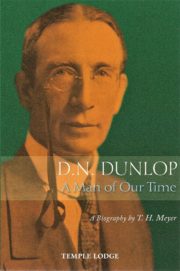

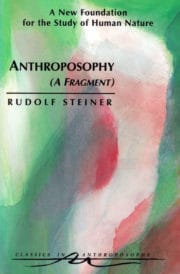

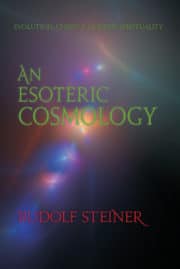
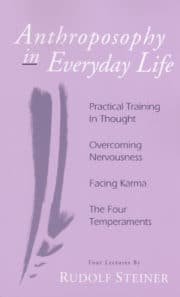
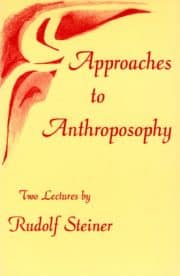


Reviews
There are no reviews yet